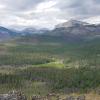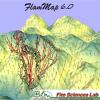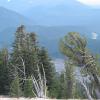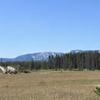Displaying 31 - 35 of 101

In 2017, the Dimensions of Resilience workshop was held at the beginning of the Joint Fire Science Project-funded research: What makes for a resilient landscape? Climate, fire and forests in the Northern Rockies project…

In this webinar, Matt Jolly (Research Ecologist, USDA Forest Service Rocky Mountain Research Station) presented updates, structure and function of the current version of the US National Fire Danger Rating System, NFDRS2016.

This webinar provided an introduction and overview of the FlamMap modeling system and its capabilities. FlamMap is a fire analysis desktop application that runs in a 64-bit Windows Operating System environment. The FlamMap fire mapping and analysis…

This year's Whitebark Pine Ecosystem Foundation Conference - The Far View from the Mountaintops: Meshing Past and Present Whitebark Pine Science, Management, and Cultural Significance, was co-hosted by the Whitebark Pine Ecosystem Foundation,…

Management Responses to Mountain Pine Beetle Infestations on National Forestland in the Western U.S.
Researchers presented results from a National Science Foundation-funded project studying management responses to Mountain Pine Beetle infestations in the western U.S. This research included case studies of national forests and surrounding…